수소와 천연가스(주로 메탄)는 압축 시스템에서 몇 가지 유사점을 공유하지만, 물리적 및 화학적 특성이 다르기 때문에 근본적으로 다른 설계가 필요합니다. 이러한 차이점을 이해하는 것은 엔지니어, 제조업체 및 에너지 전환 프로젝트에 매우 중요합니다.
1. 분자 크기 및 누출 역학
수소 분자는 메탄(~16g/몰)에 비해 작기 때문에(~2.02g/몰) 누출이 훨씬 더 쉽습니다. 수소 압축 시스템은 반드시 무결성 높은 씰 그리고 특수 밸브 및 개스킷 재료 미세한 가스 유출을 방지하기 위해
 2. 더 빠른 음파 속도 및 맥동 효과
2. 더 빠른 음파 속도 및 맥동 효과
수소의 낮은 밀도와 낮은 분자량으로 인해 훨씬 빠른 사운드 속도천연 가스에 비해 압력 파 주파수가 최대 3~4배 증가합니다. . 이러한 변화에는 다음과 같은 재설계가 필요합니다. 맥동 병 및 댐퍼 를 사용하여 공진 문제와 진동 장애를 방지할 수 있습니다.
3. 극한의 압력 비율 및 다단계 압축
저장 압력(예: 350-700bar)에 도달하려면 수소 압축기는 다음 조건에서 작동해야 합니다. 더 빠른 팁 속도 또는 추가 단계 일반적으로 낮은 압력 비율을 보이는 천연 가스 시스템에 비해 . 이는 기계 설계 및 회전 조립에 영향을 미칩니다.
4. 재료 취성 및 안전 프로토콜
수소는 금속을 투과하여 약화시킬 수 있습니다. 수소 취성-구조적 장애로 이어짐 . 또한 수소는 고인화성 광범위한 공기 혼합물에서 점화 에너지가 매우 낮기 때문에 엄격한 재료 선택과 안전 설계가 필요합니다..
5. 오일 프리 & 클린 압축
연료 및 에너지 사용용 수소는 다음과 같아야 합니다. 오일 프리오염으로 인해 연료 전지 시스템이 손상될 위험이 있기 때문입니다. 수소 압축기는 일반적으로 건식, 오일 프리 왕복 또는 다이어프램 설계윤활식 로터리 또는 스크류 타입을 사용하는 많은 천연 가스 압축기와 달리 .
6. 제어 및 원격 측정 적응
수소 시스템 활용 실시간 모니터링 및 고급 제어 를 사용하여 온도, 누출 및 블레이드 속도를 추적할 수 있으며, 이는 고위험 조건에서 매우 중요합니다. 반면 천연가스 시스템은 음파 속도와 누출 위험이 낮기 때문에 일반적으로 실시간 감도가 덜 필요합니다.
비교 요약
| 기능 | 천연 가스 압축기 | 수소 압축기 |
|---|---|---|
| 분자량 | ~16g/몰 | ~2g/몰 |
| 유출 위험 | 보통 | 높음(미세 투과성) |
| 맥동 주파수 | 일반 | 3~4배 더 높음(디자인 영향) |
| 압력 비율 및 단계 | 중간 압력(~20~100bar) | 다단계를 사용하는 초고압(350-700bar) |
| 재료 및 취성 위험 | Lower | 높음(특수 합금 요구 사항) |
| 윤활 | 윤활식 로터리/피스톤 일반 | 오일 프리, 다이어프램 또는 건식 피스톤 |
수소와 천연가스 압축은 일반적인 원리를 공유하지만, 수소의 고유한 특성인 작은 분자, 빠른 음파 속도, 취화 위험, 인화성, 순도 요구 사항은 다음과 같습니다. 특수 압축기 설계, 정밀 재료및 엄격한 안전 관리. 이러한 차이점은 수소 인프라의 설계, 인증 및 배포에 있어 매우 중요합니다.
킵윈 솔루션
킵윈은 오일 프리, 누출 방지 설계, 고급 합금, 고급 맥동 감쇠, SCADA 통합 및 상태 모니터링을 포함한 안전을 위한 완벽한 계측을 특징으로 하는 맞춤형 수소 압축 솔루션을 제공합니다. 린데의 시스템은 다음을 보장합니다. 신뢰할 수 있고 깨끗하며 안전한 수소 취급.

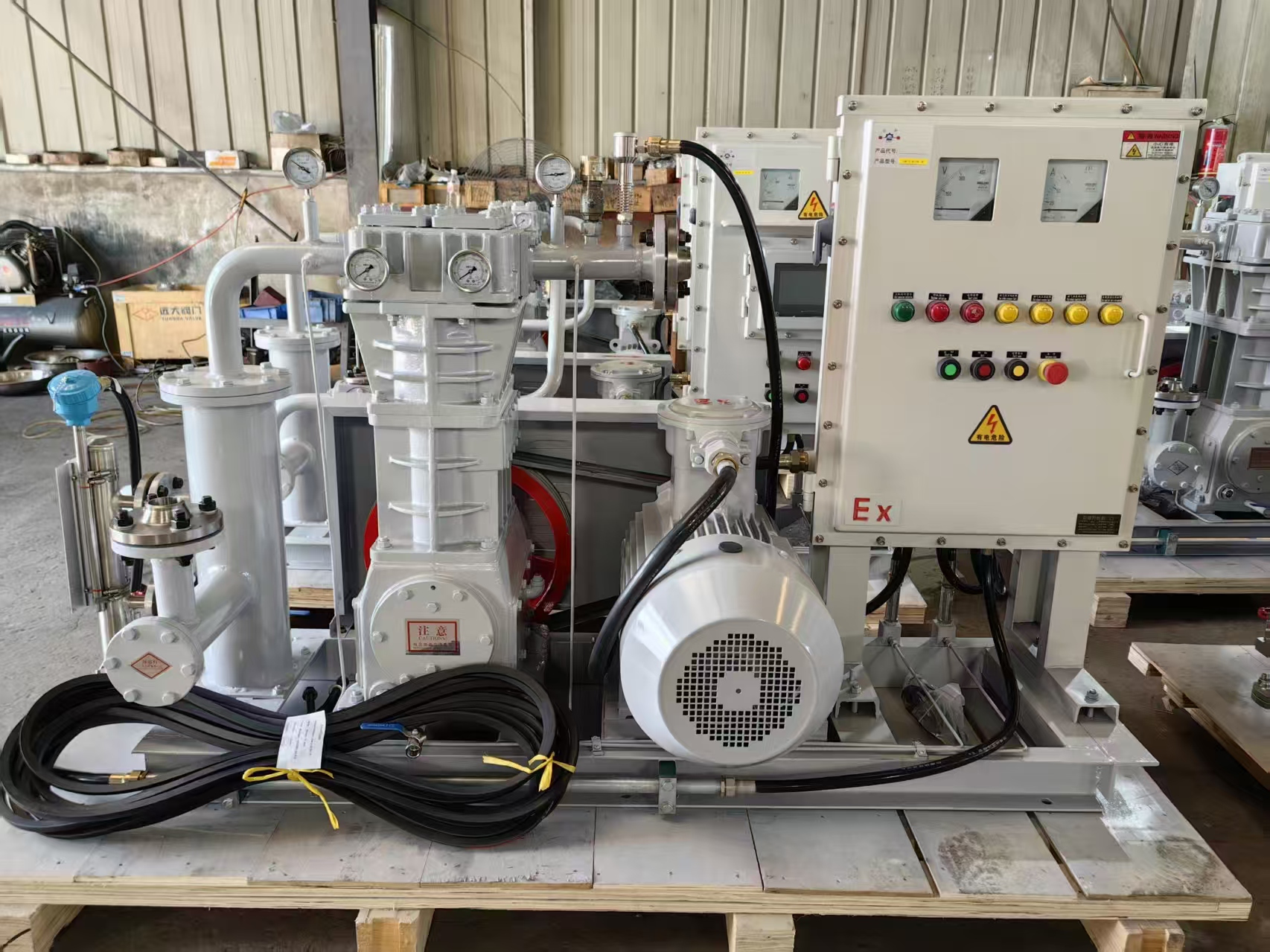
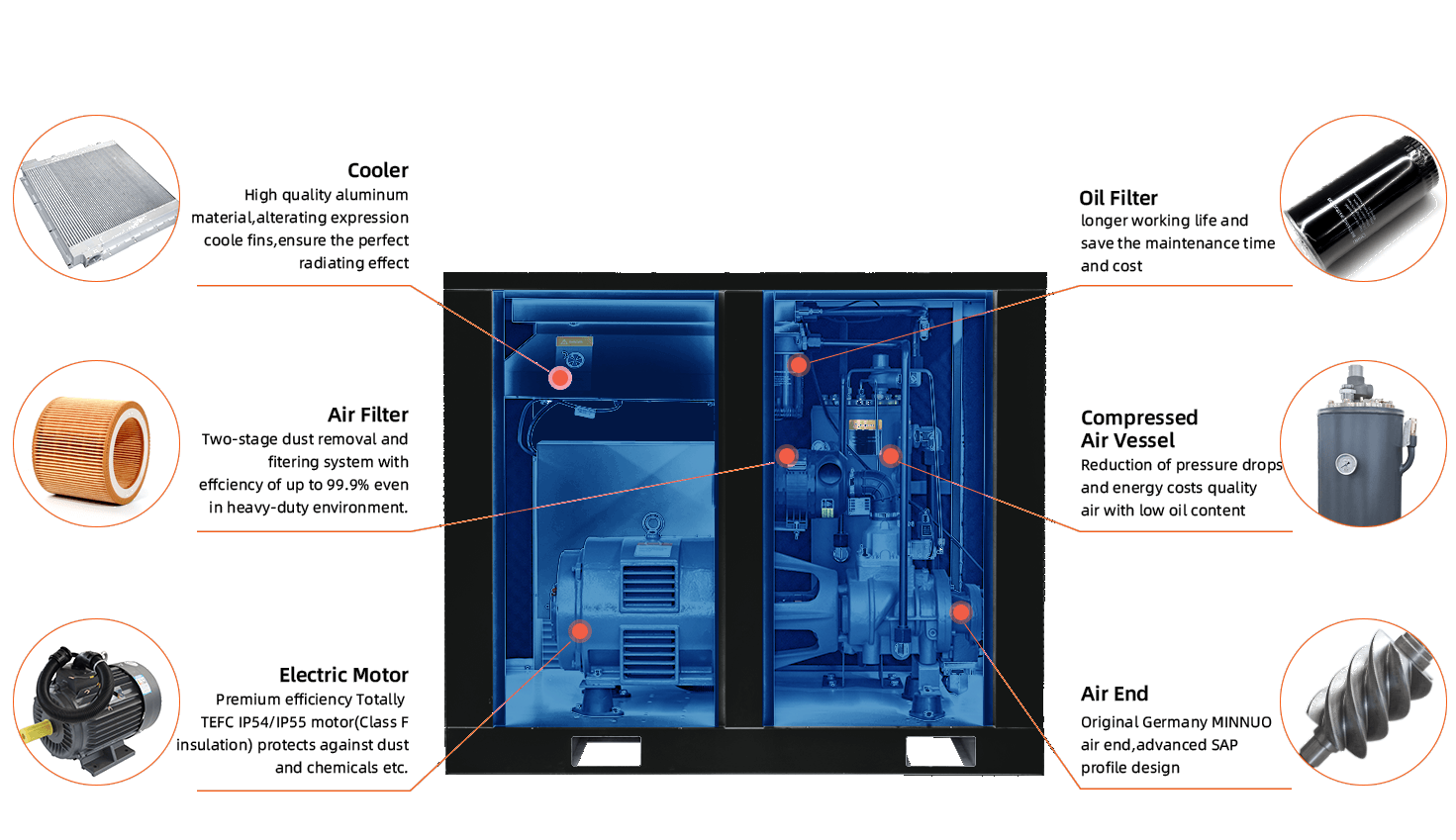
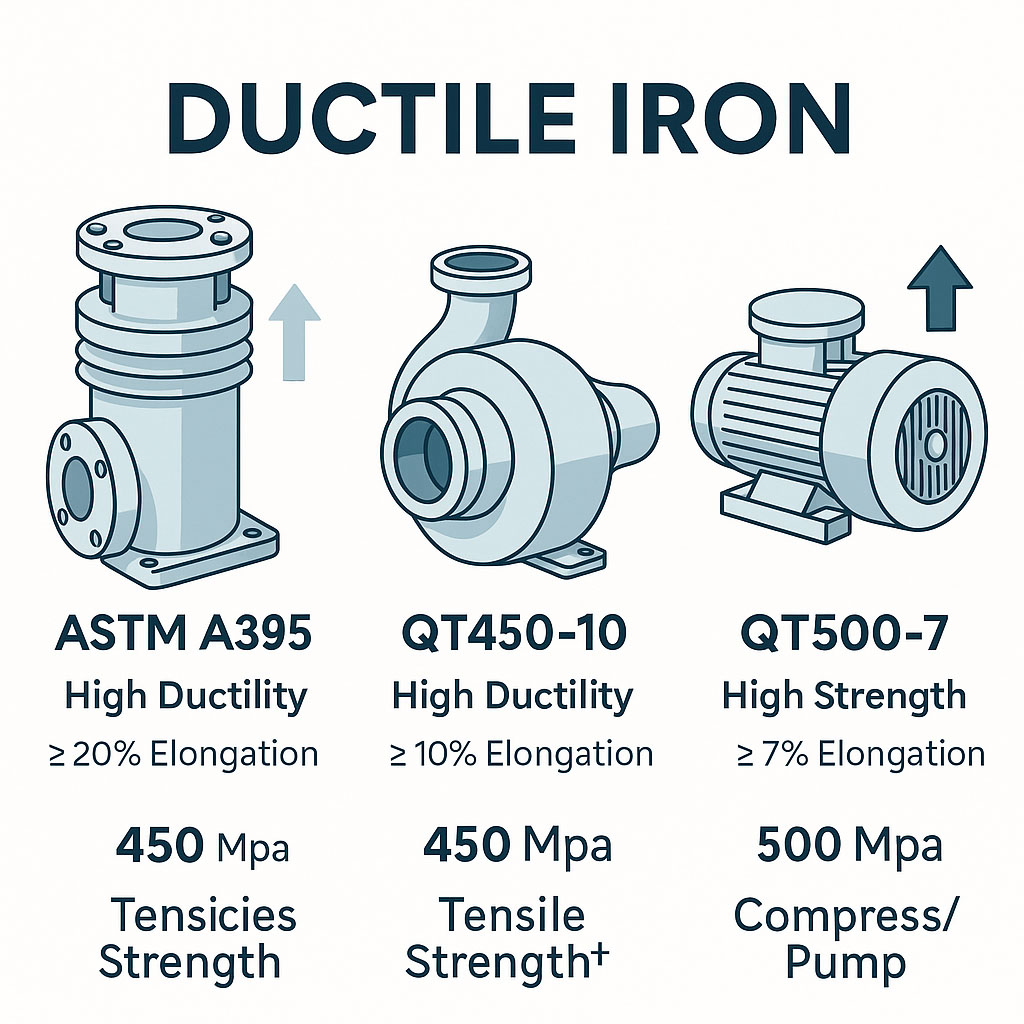






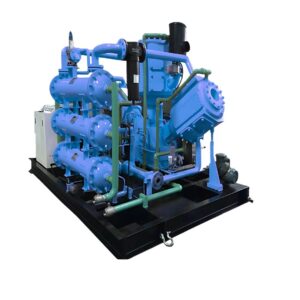
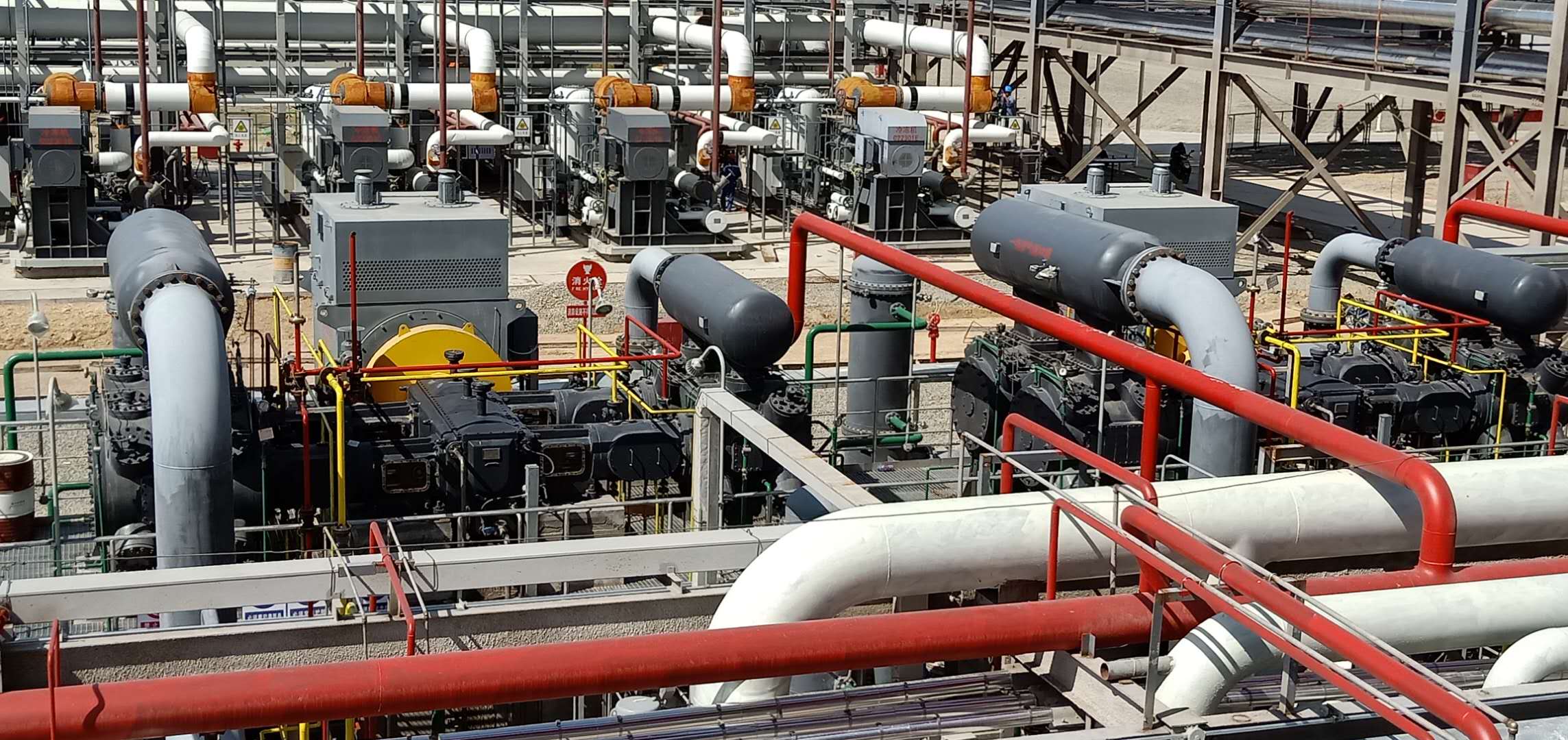 2. 더 빠른 음파 속도 및 맥동 효과
2. 더 빠른 음파 속도 및 맥동 효과